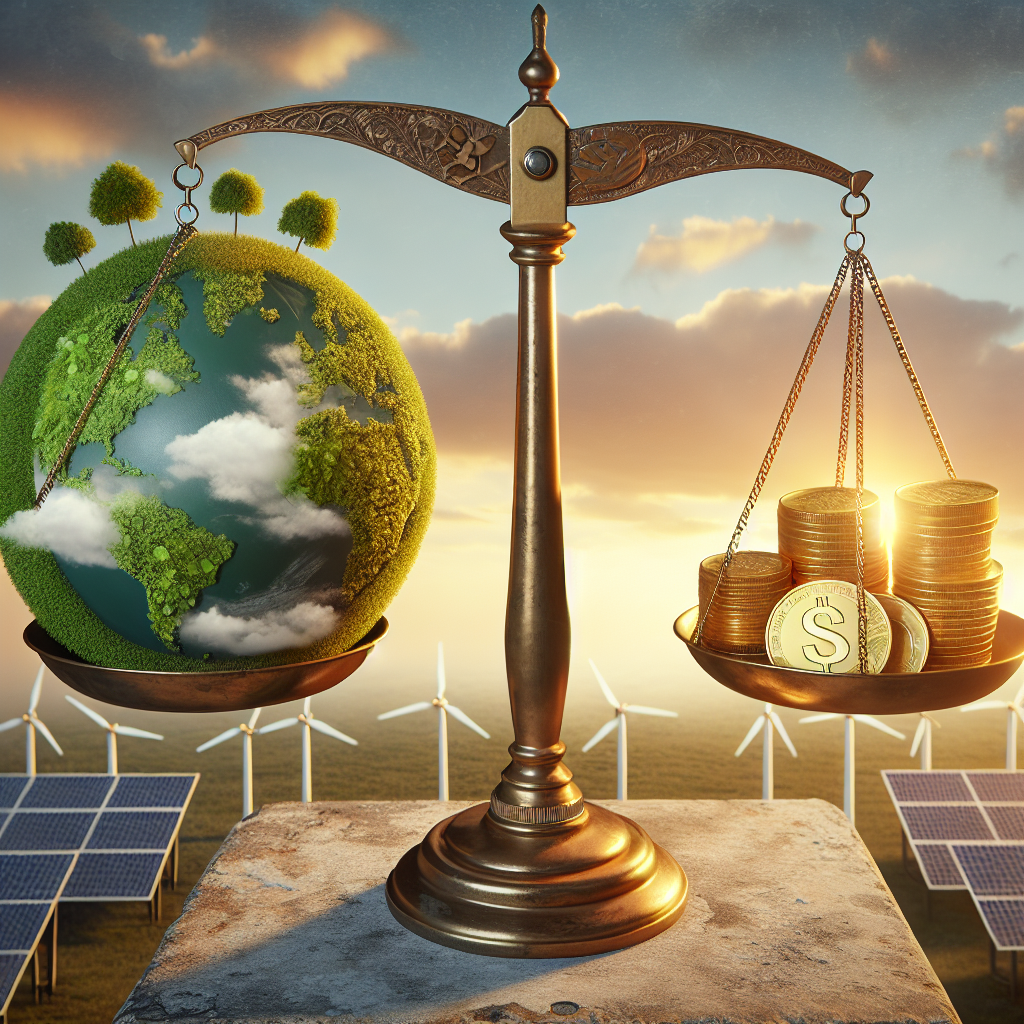Climate Finance: Bridging the Billion-Dollar Gap for a Sustainable Future
As global leaders gather to address the financing of climate change mitigation, developing countries face a significant challenge in acquiring funds. Multilateral development banks play a crucial role, yet their continued investments in fossil fuels draw criticism. A new goal for funding must surpass previous commitments to catalyze urgently needed actions.

- Country:
- Azerbaijan
With climate change driving an increase in extreme weather events globally, nations are grappling with the financial demands of adaptation. The transition from fossil fuels to clean energy is estimated to require trillions of dollars.
Climate finance, though varied in definition, essentially involves funding projects to both adapt to and combat climate change's root causes. Developing countries, lacking resources, heavily rely on multilateral development banks for financial assistance. In 2022, countries collectively met a $100 billion annual climate finance goal for developing nations, originally set in 2009.
At the upcoming U.N. climate conference in Azerbaijan, leaders will discuss methods to multiply financial contributions, aiming to close the climate finance gap faced by poorer countries. As global temperatures rise, experts emphasize holding institutions accountable to their climate finance commitments while accelerating the transition to sustainable energy.
(With inputs from agencies.)










